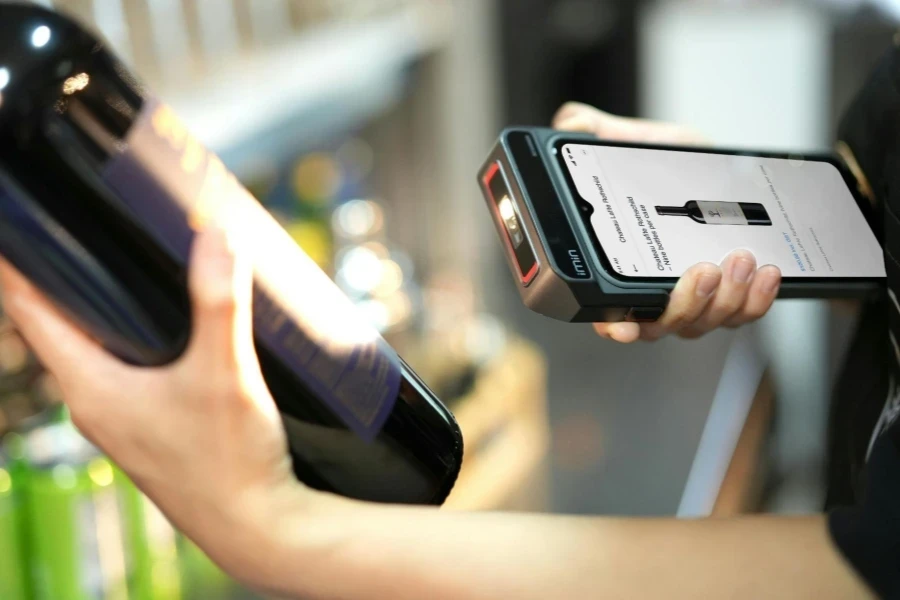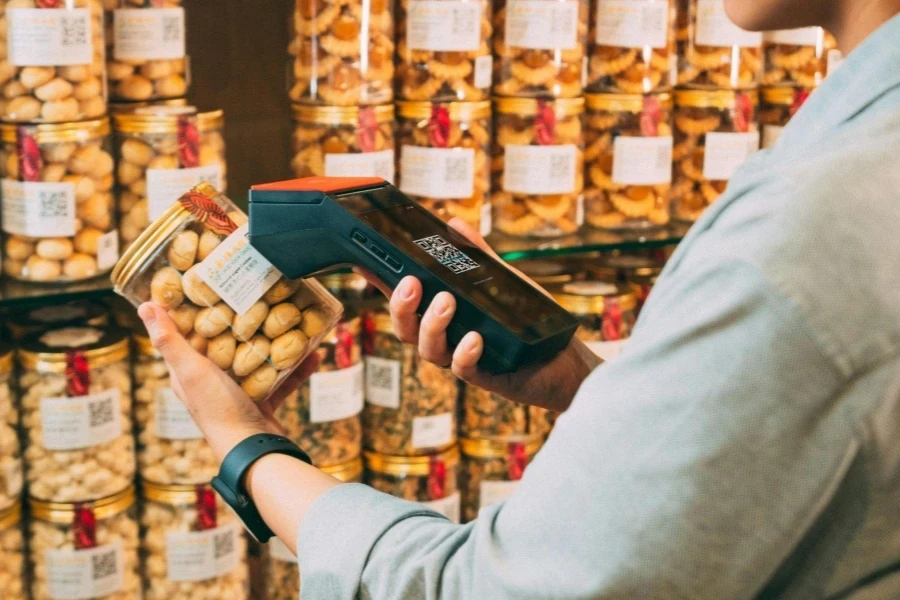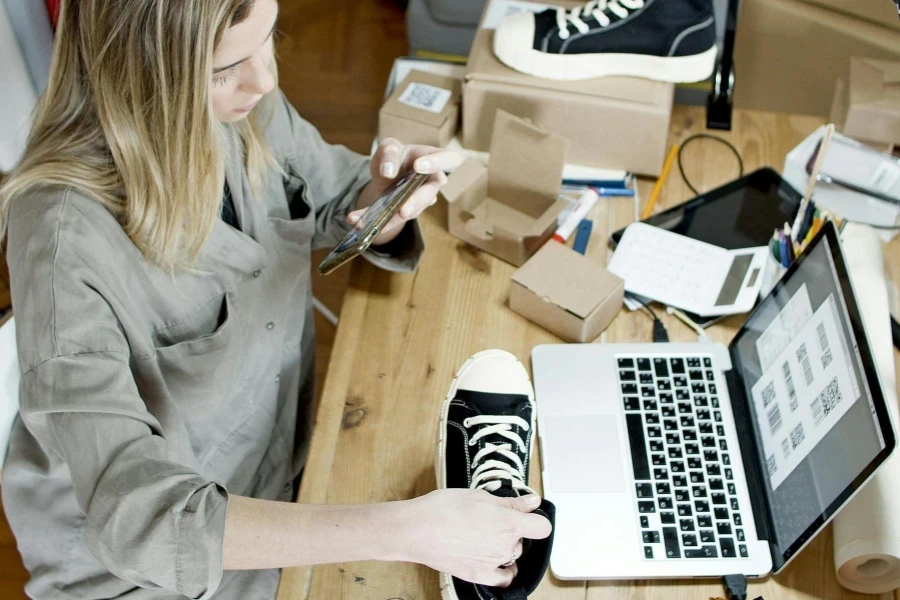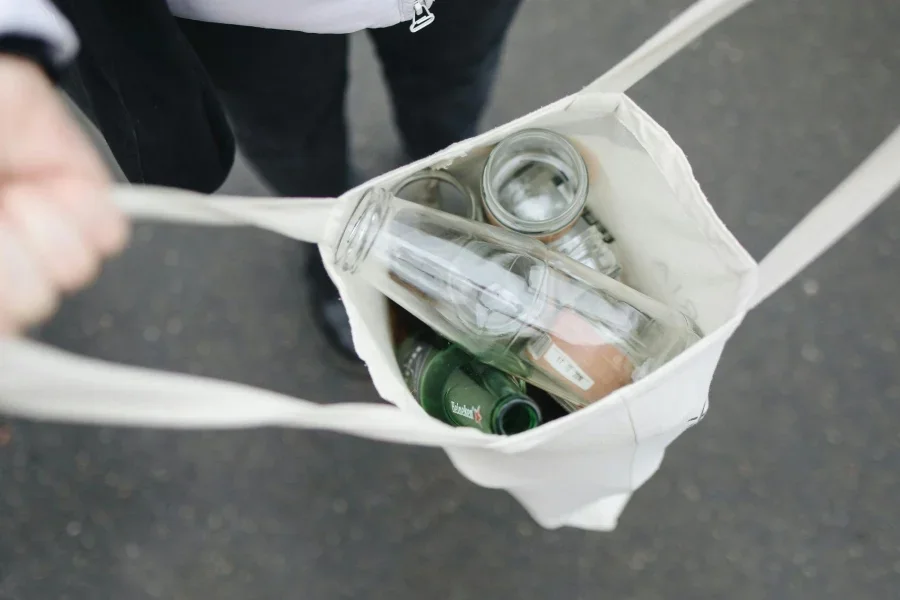Table of Contents
Introduction
Consumer Trust and the Death of the Generic
Premiumization: The $15 Pivot
Gen Z and the Dupe Economy
Profitability: The Margin Machine
The Future: AI, Loops, and Hyper-Personalization
Introduction
In 2024, a Chicago shopper might choose Target’s Market Pantry pasta over Barilla not just to save $1.50, but because she believes it’s better. This quiet revolution reflects decades of strategic evolution: private labels have shed their generic reputations to become synonymous with curated quality. Retailers like Target now wield their store brands as tools to rewrite consumer loyalty, with 60% of shoppers equating private labels to national brands in quality (McKinsey). The shift isn’t accidental—it’s a calculated response to inflation-weary buyers demanding value without compromise.
The stakes are staggering. Europe’s private label sales hit €354 billion in 2024, while Target’s in-house brands alone generate $30 billion annually. But this isn’t just about price tags. When Walmart’s bettergoods line sells black garlic-infused mustard crafted by James Beard-winning chefs at half the cost of specialty brands, it signals a new era where retailers control both the shelf and the narrative.
Consumer Trust and the Death of the Generic

Target’s Good & Gather line epitomizes the modern private label playbook. Launched in 2019 to replace Archer Farms, it banned artificial flavors and prioritized transparent sourcing—think Fair Trade coffee and antibiotic-free chicken. The result? A $3 billion brand within three years, boasting a 70% repeat purchase rate. Shoppers no longer see store brands as “cheap alternatives”; 78% of millennials now associate them with “retailer-curated quality” (NielsenIQ).
This trust extends globally. Carrefour’s “Taste Invaders” hummus line, developed from 12,000 customer-submitted flavor ideas, captured 22% of France’s dip market. Retailers are leveraging AI to mine consumer preferences, turning crowdsourced data into cult favorites. As analyst Maria Gomez notes, “It’s not just a product—it’s a handshake between the store and the shopper.”
Premiumization: The $15 Pivot

Walmart’s bettergoods line thrives on a simple formula: premium ingredients at mainstream prices. Its black garlic and honey mustard, developed with award-winning chefs, retails at $4.98—less than half the cost of specialty competitors. The gamble paid off, with sales tripling projections in early 2024. Similarly, Aldi’s Specially Selected range includes truffle-infused olive oil priced 30% below boutique brands, driving a 15% annual sales surge.
European retailers are pushing boundaries further. Germany’s Rewe launched ChoViva, a cocoa-free chocolate made from fair-trade oats and lentils, wrapped in compostable packaging. Priced 20% below Lindt, it’s not just a product but a statement—blending sustainability with indulgence. As inflation persists, retailers realize premiumization isn’t about luxury; it’s about redefining value.
Gen Z and the Dupe Economy

Boots’ No7 Match Made Lipstick became a Gen Z sensation through TikTok’s “dupe culture.” By partnering with micro-influencers to create challenges like “Find your Fenty dupe under $10,” the brand sparked 890 million video views and sold 1.2 million units—triple its forecast. For Gen Z, private labels aren’t compromises; they’re smart hacks.
Sustainability amplifies this appeal. H&M’s Conscious line, featuring $25 leggings made from 92% recycled polyester, undercuts Lululemon by 15% while appealing to eco-conscious values. Over 40% of Gen Z buyers cite environmental impact as their top motivator, turning store brands into ethical badges. As one 22-year-old shopper quipped, “Why pay extra to trash the planet?”
Profitability: The Margin Machine

Private labels deliver up to 35% higher margins by sidestepping traditional CPG markups. Amazon’s Solimo diapers avoid the 12-15% slotting fees charged by P&G, while predictive analytics slash inventory waste by 30%. Kroger’s Simple Truth organic line achieves 42% gross margins—14 points above national brands—by controlling supply chains from farm to shelf.
Vertical integration supercharges this model. Zara Home’s linen collection, priced 20% below West Elm, reaches shelves in two weeks versus six months for competitors. By owning production, retailers like Zara and H&M turn speed into a pricing weapon, proving that agility is the ultimate margin booster.
The Future: AI, Loops, and Hyper-Personalization

Ahold Delhaize’s Nature’s Promise Keto line, co-created via AI analysis of 5 million dietary profiles, hit $500 million in 18 months. Algorithms identified unmet needs—think high-protein, low-net-carb snacks—and formulated recipes before competitors noticed the trend. Meanwhile, IKEA’s “Buy Back” program refurbished 120,000 furniture pieces in 2023, reselling them under its “As-Is” label to circular economy enthusiasts.
Patagonia’s Worn Wear program, which repairs and resells used gear, now drives 63% of Gen Z purchases. Retailers are betting on closed-loop systems where private labels become perpetual revenue streams. As one CEO summarized, “The future isn’t selling products—it’s owning the lifecycle.”




